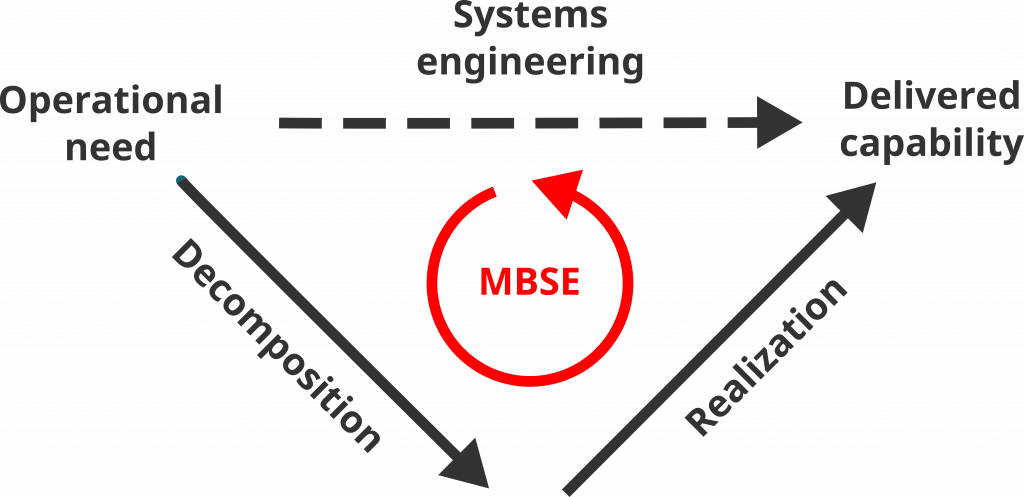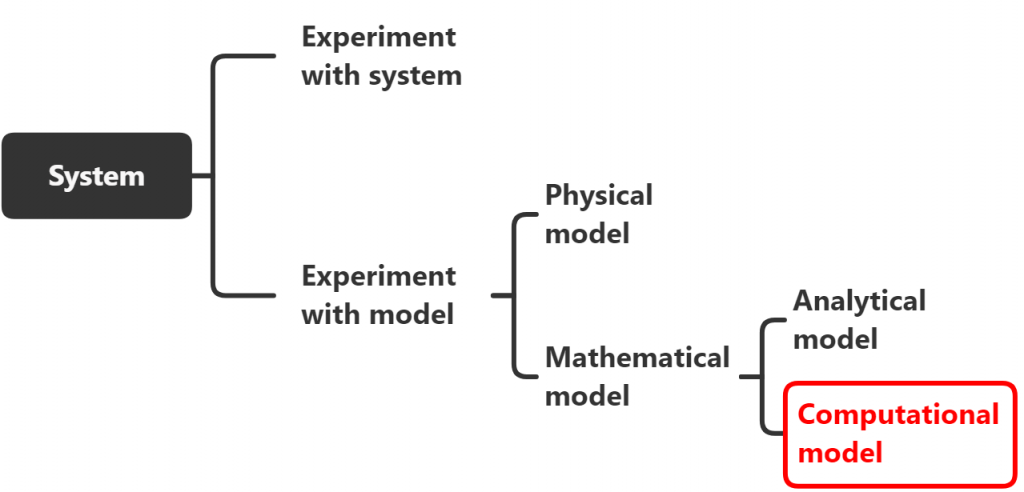Scientific Computing
Science and engineering are all about understanding complex systems: science expands our understanding while engineering applies it to specific problems. Scientific computing is an interdisciplinary field that applies computational models (or simulations) to gain insight about complex systems.
As our computational resources continue to grow exponentially, and our world becomes ever more complex, scientific computing is becoming an increasingly indispensable discipline in many fields.
At Haystack we are always excited to bring our scientific computing toolbox to new applications. We have tackled problems in epidemiology, finance, urban planning, and satellite control, just to name a few. If you have a complex problem, we would love to start a conversation about it.
How we can help
- Developing analytical tools to support scientists and engineers
- Automating time-consuming analysis and data processing tasks
- Producing trade studies or forecasts to inform critical decision making
- Optimizing processes, plans, and designs
- Extracting new insights from your data
What we can deliver
- In-person advice or review
- Reports and recommendations
- Software
- Complete computational systems
- Embedded technical leadership
Why Haystack?
Our strong background in systems engineering means you can be confident our scientific computing solutions are built with a thorough consideration of their real operational environment and life cycle, and that their reliability and maintainability will be appropriate to the scale and complexity of your problem.
Systems Engineering
Every day the world gets more complex, as we continue to build larger, more technologically sophisticated, and more interconnected systems. Systems engineering is an interdisciplinary field that focuses on the design, integration, and management of complex systems over their full life cycle.
Studies have repeatedly shown that investing 10-20% of a project’s cost in systems engineering will reduce overruns in both time and cost by an average of 50%,1The ROI of Systems Engineering: Some Quantitative Results 2SEBoK Economic Value of Systems Engineering which explains why the practice has expanded rapidly from early adopters like NASA and IEEE, to corporations like Siemens and Lockheed Martin.
A particularly recent and important development in the field is Model-Based Systems Engineering (MBSE). Much like agile software development, MBSE uses models and simulations to improve upon the traditional waterfall approach by facilitating communication among project stakeholders and providing early (or even continuous) feedback on system performance.

At Haystack we want to help create a world where leaders can deliver on their most ambitious promises. We combine our industry experience with current research and global best practices3INCOSE Systems Engineering Handbook to enhance your organization’s systems engineering capability. If you are involved in a complex project without a 10-20% allocation to systems engineering, we would love to discuss what we do.
How we can help
- Integrating systems engineering into initial or ongoing project planning
- Providing independent process assessment at design reviews or other project milestones
- Supporting concept of operations development, requirements definition, or detailed design work
- Making recommendations on systems engineering processes, tools, or staffing
What we can deliver
- In-person advice or review
- Reports and recommendations
- Embedded technical leadership
Why Haystack?
Systems engineering, and especially MBSE, is still an emerging discipline that is not yet taught or practiced consistently across academic, corporate, and government institutions. So organizations can easily find themselves without the culture and knowledge of systems engineering that’s needed to reliably execute large projects, especially when they are scaling rapidly. We can help build this critical capacity in your organization, at a level that suits your particular needs and the size and scope of your projects.
